In the realm of gardening, flexibility and mobility are key, especially for those who may be renting, living in temporary spaces, or simply seeking the freedom to relocate their garden with ease. Enter container gardening, a versatile and practical solution that allows you to grow plants in portable pots, planters, or containers, enabling you to create a garden oasis wherever you go. Whether you’re a city dweller with limited outdoor space, a frequent mover, or an avid gardener looking to expand your gardening horizons, container gardening offers endless possibilities for cultivating plants, flowers, herbs, and even vegetables in a compact and mobile format. In this comprehensive guide, we’ll explore the art of growing plants in containers for mobility, from selecting the right containers and soil to choosing suitable plants and caring for your portable garden with minimal fuss.
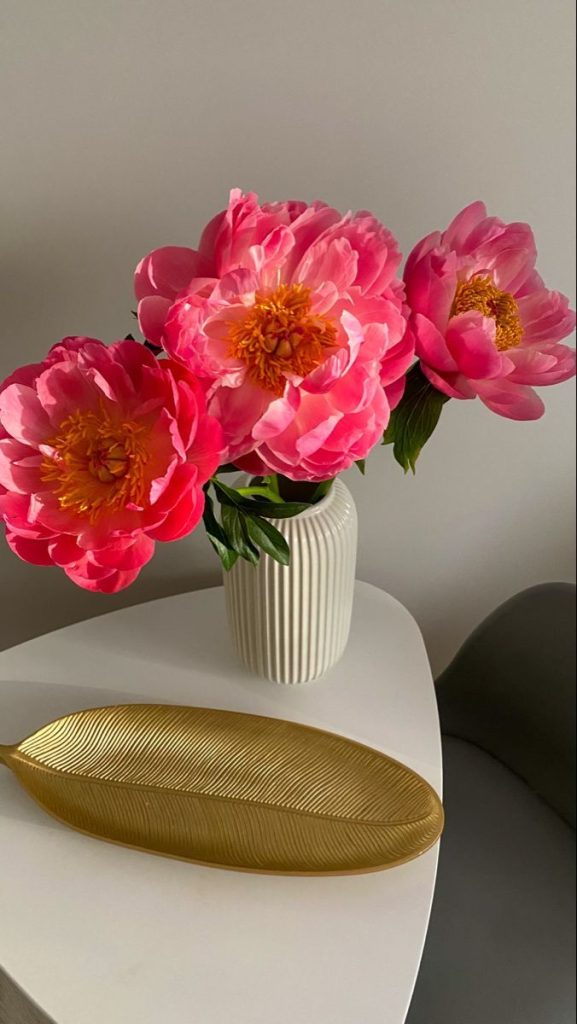
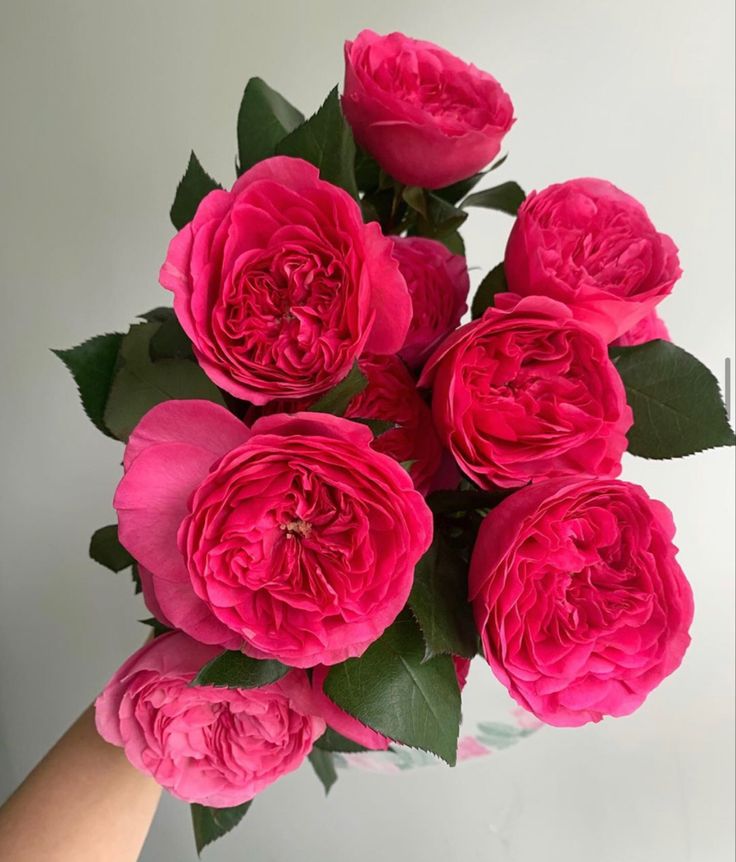

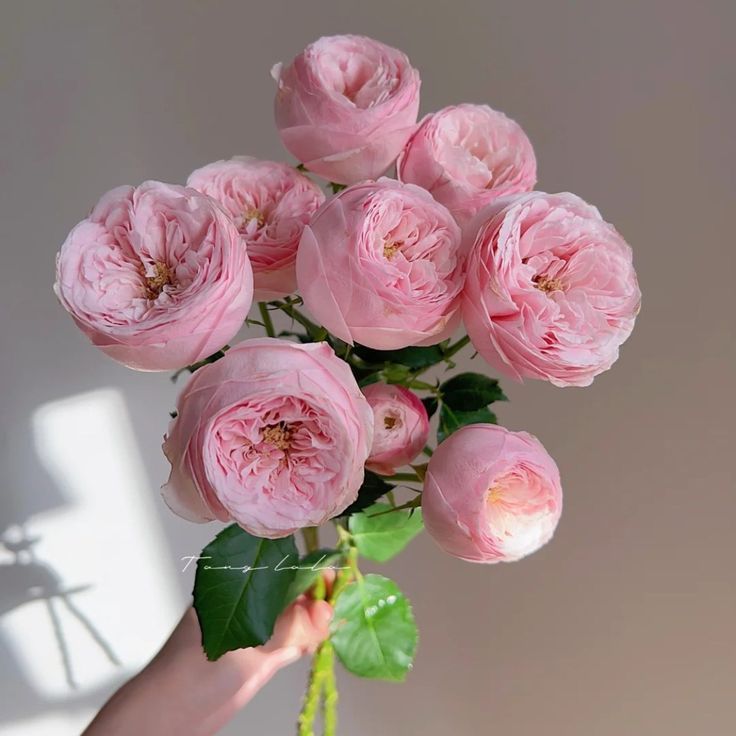
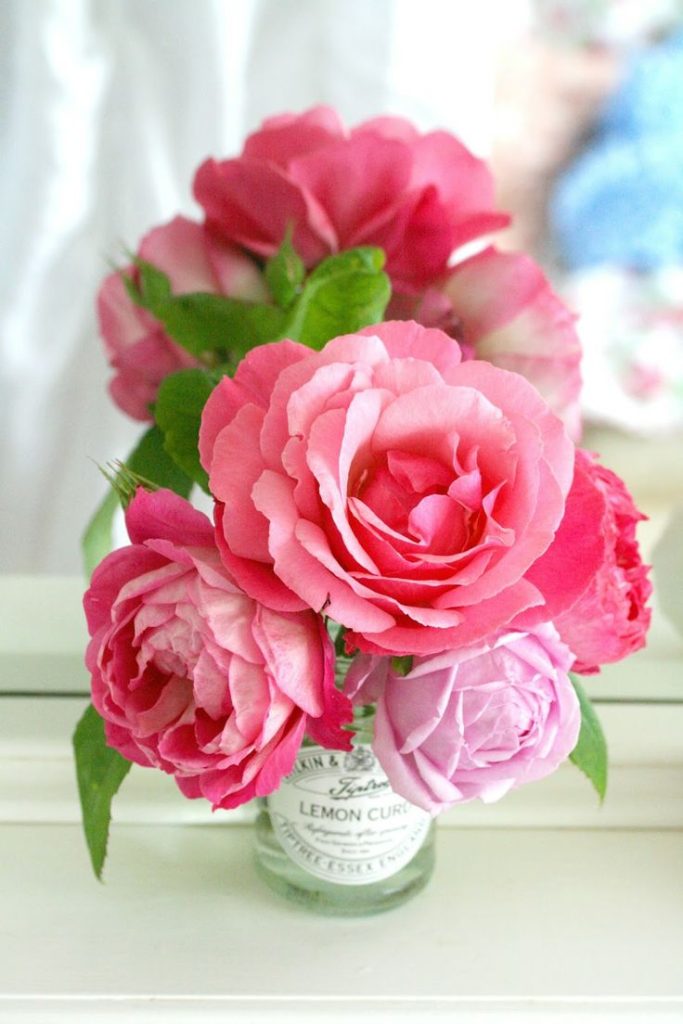
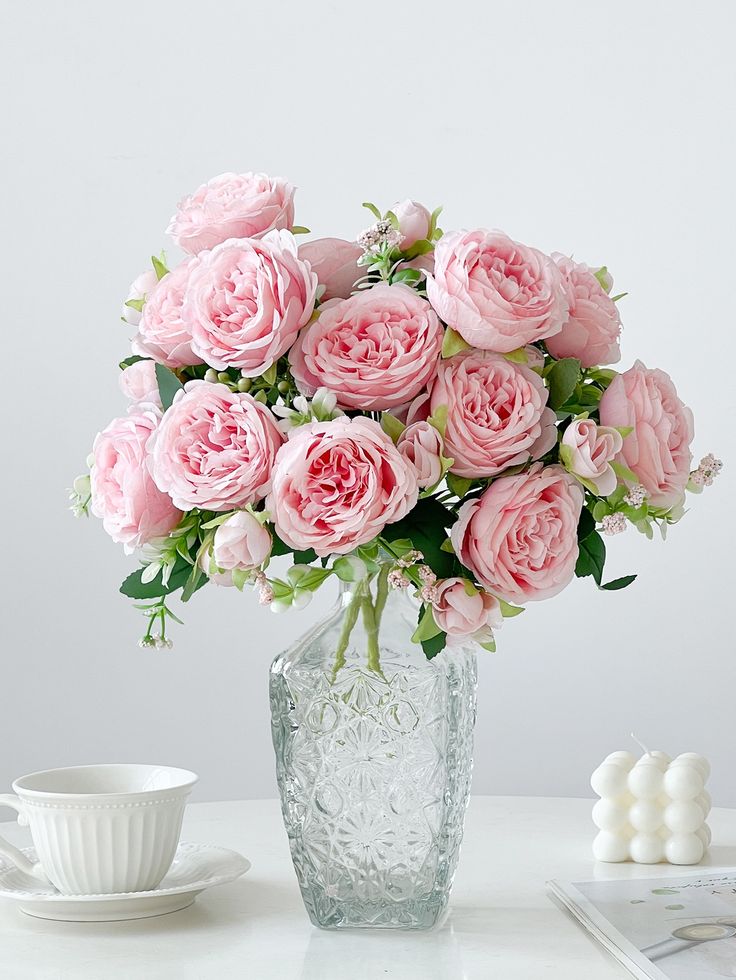
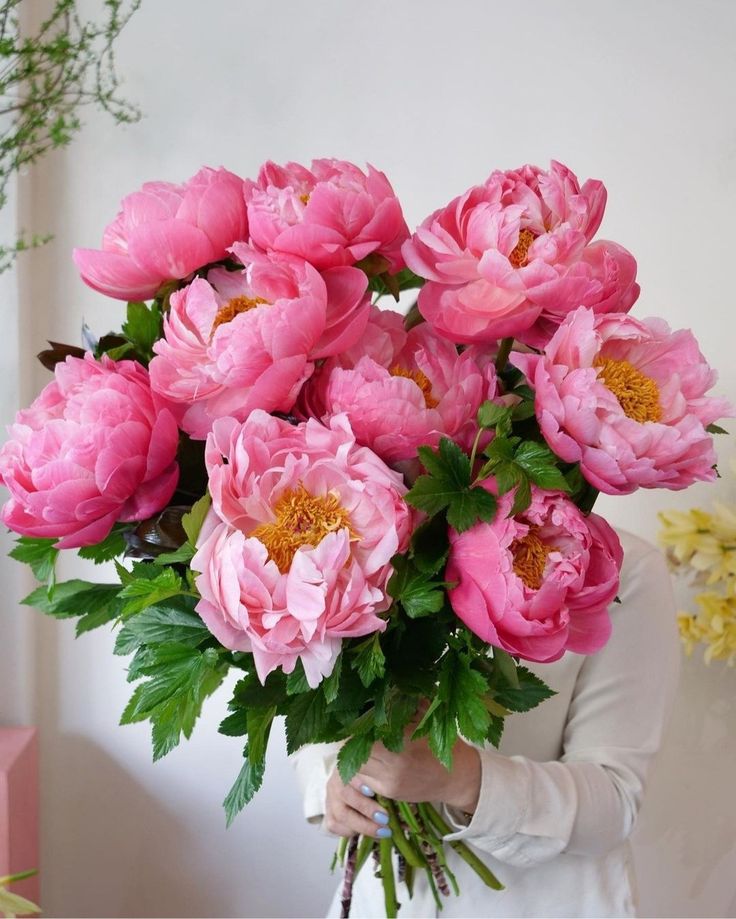
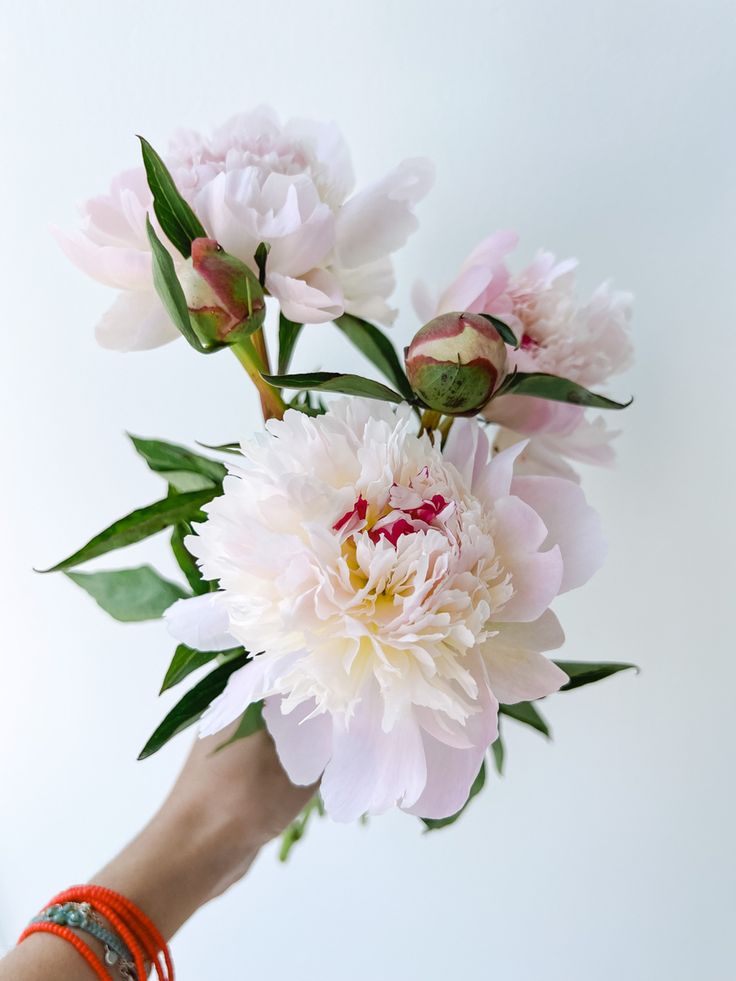

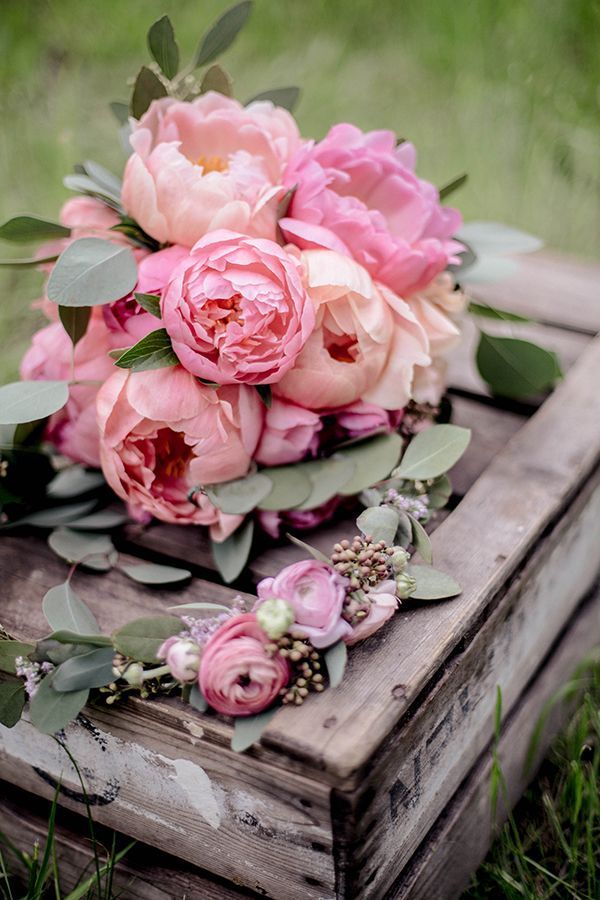
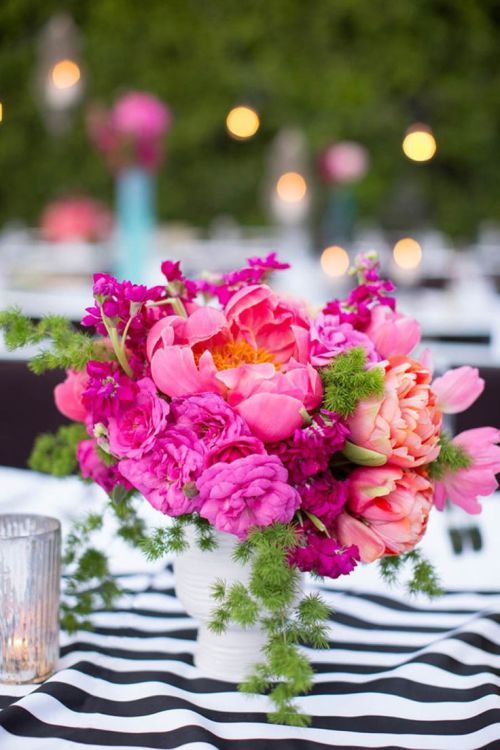
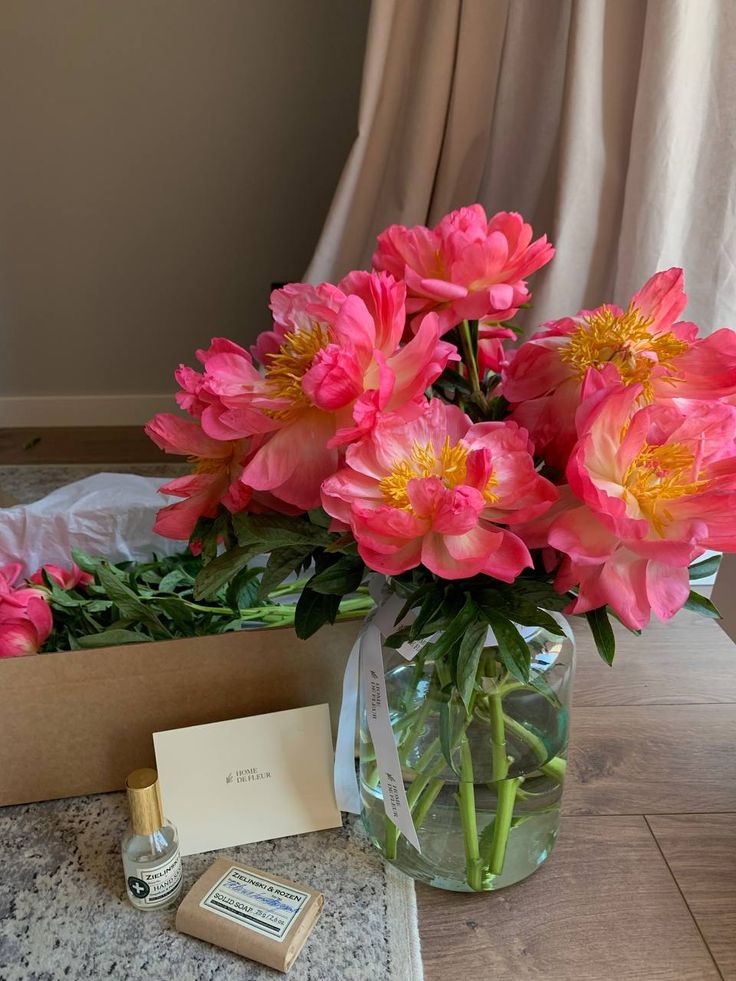

Embracing Container Gardening for Mobility
Container gardening offers numerous benefits for gardeners on the move:
- Portability: Container gardens are portable and can be easily moved or rearranged to suit changing needs, locations, or preferences, making them ideal for renters, urban dwellers, and anyone with limited outdoor space.
- Versatility: Containers come in various shapes, sizes, and materials, allowing you to customize your garden to fit your style, space, and plant preferences. From traditional terra cotta pots to modern fiberglass planters, the options are endless.
- Accessibility: Container gardens can be placed on balconies, patios, decks, rooftops, windowsills, or even indoors, bringing the beauty and benefits of gardening to urban environments, small spaces, or areas with poor soil or drainage.
- Creativity: Container gardening offers a creative outlet for gardeners to experiment with different plant combinations, colors, textures, and arrangements, creating stunning displays and focal points that enhance outdoor living spaces.
Getting Started with Container Gardening
Follow these steps to get started with growing plants in containers for mobility:
- Container Selection: Choose containers with adequate drainage holes and suitable size and depth for your plants’ root systems. Consider factors such as material, weight, insulation, and aesthetics when selecting containers for your garden.
- Soil Preparation: Use a high-quality potting mix or container soil that is lightweight, well-draining, and nutrient-rich. Avoid using garden soil, as it may be too heavy and compacted for container gardening and may contain pests, diseases, or weed seeds.
- Plant Selection: Select plants that are well-suited to container gardening and your specific growing conditions, such as sun exposure, temperature, and space constraints. Choose a mix of thrillers, fillers, and spillers to create dynamic and visually appealing container compositions.
- Placement: Position your containers in locations that receive the appropriate amount of sunlight, shade, and protection from wind, pests, and extreme weather conditions. Consider factors such as plant height, growth habit, and water requirements when arranging containers in your garden.
Caring for Your Container Garden
To keep your container garden thriving, follow these essential care tips:
- Watering: Monitor soil moisture regularly and water containers as needed, keeping the soil consistently moist but not waterlogged. Use a watering can, hose, or drip irrigation system to deliver water directly to the root zone and avoid wetting foliage.
- Fertilizing: Feed container plants regularly with a balanced, water-soluble fertilizer or slow-release fertilizer to replenish nutrients and promote healthy growth and flowering. Follow package instructions for application rates and frequency.
- Pruning and Deadheading: Remove spent flowers, yellowing leaves, and dead or diseased plant parts regularly to maintain plant health, appearance, and vigor. Prune and shape plants as needed to control size, shape, and density.
- Pest and Disease Control: Monitor plants for signs of pests, diseases, or nutrient deficiencies, and take appropriate action to address problems promptly. Use organic pest control methods such as hand-picking, insecticidal soap, or neem oil to manage pests without harming beneficial insects or the environment.
- Repotting and Refreshing: Repot plants as needed to prevent root-bound conditions and refresh soil periodically by replacing old potting mix with fresh soil or compost. Prune and divide overgrown plants to rejuvenate growth and improve plant health and vigor.
Conclusion
Growing plants in containers for mobility offers a flexible and convenient way to cultivate a garden oasis wherever you go. Whether you’re a renter, urban dweller, or avid gardener seeking versatility and portability, container gardening allows you to enjoy the beauty and benefits of gardening without the constraints of traditional garden beds. By selecting suitable containers, soil, and plants, and providing proper care and maintenance, you can create a mobile garden that thrives in any space, bringing joy, beauty, and connection with nature wherever life takes you.
FAQs (Frequently Asked Questions)
- What are some easy-to-grow plants for beginners in container gardening?
- Some easy-to-grow plants for beginners in container gardening include herbs such as basil, parsley, and mint; flowering annuals such as petunias, marigolds, and geraniums; succulents such as jade plants, sedums, and echeverias; and vegetables such as cherry tomatoes, peppers, and lettuce. These plants are relatively low-maintenance and adapt well to container growing, making them ideal choices for novice gardeners.
- Can I grow vegetables in containers for mobility?
- Yes, many vegetables can be successfully grown in containers for mobility, including tomatoes, peppers, lettuce, spinach, cucumbers, beans, and herbs. Choose compact or dwarf varieties suited to container growing, provide adequate sunlight, water, and nutrients, and follow proper planting and care practices to ensure a bountiful harvest of fresh, homegrown produce from your container garden.